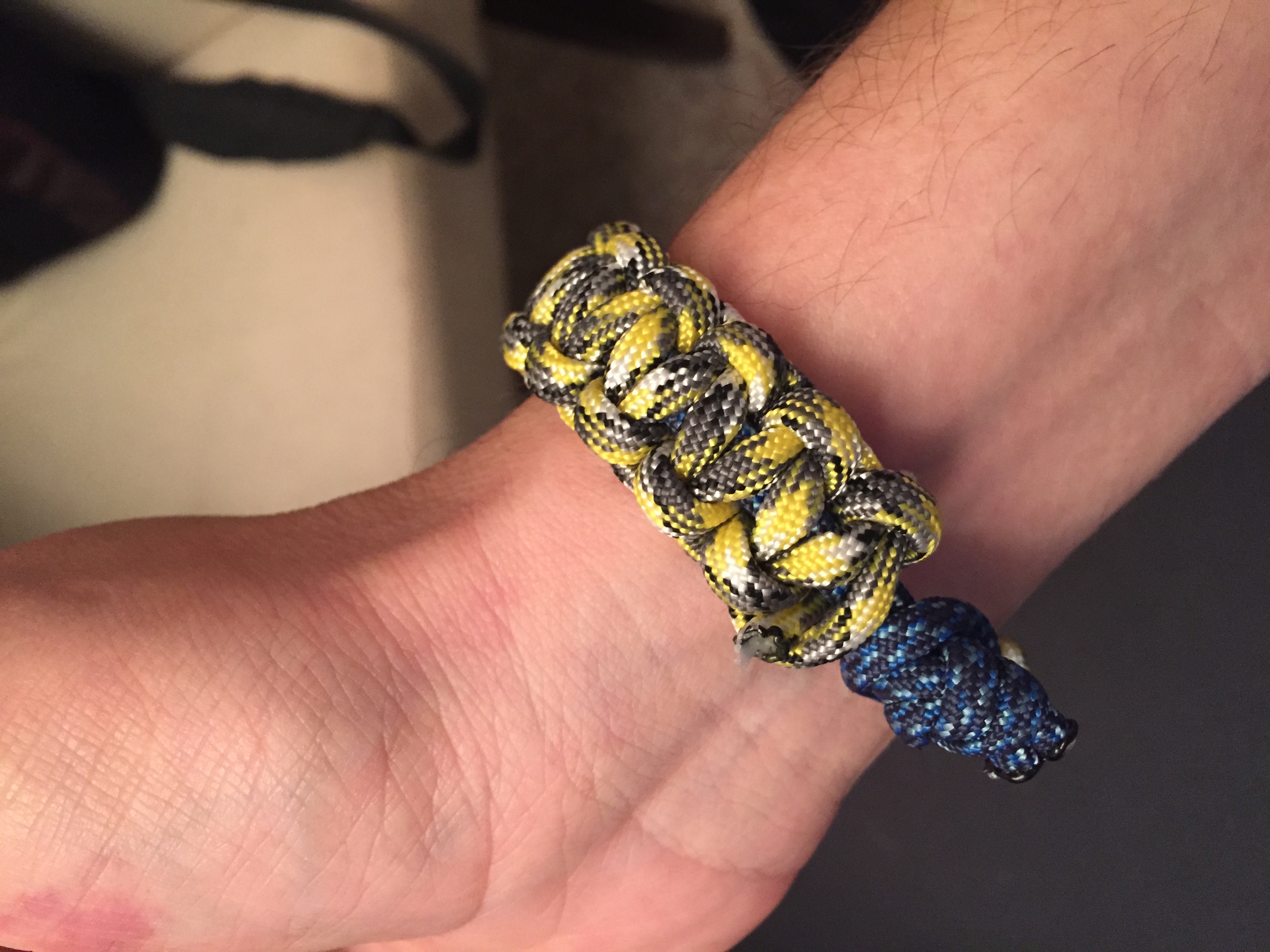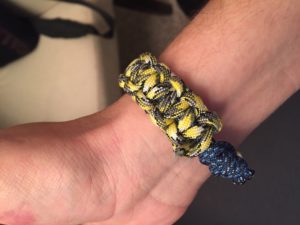From time to time, you may be called upon to take the leadership role on a project. Whether you have done this before or not, there are a number of key factors that need to be considered. In my experience, these factors are very similar to the things you have to consider when driving a car.
Here are a few things you should consider:
Who’s in the drivers’ seat?
It takes a variety of skills and inputs to complete a project successfully. But just like you can only have one person behind the wheel of a car, one person needs to be clearly tasked with the leadership role on the project. This doesn’t have to be the person with final authority for the results, but it has to be the person who can make decisions and direct others as the project work moves forward.
Where are you heading?
A starting point for any good project effort is to identify the eventual goal, the destination. What do want to be true when the work has been completed? Spell this out as clearly as possible for everyone on the team. Each player can make better decisions if they have this awareness.
Do you have a particular route in mind?
 Once a goal has been identified, it’s ideal to identify your preferred plan to achieve that destination. This is like your road map. Even a GPS tool that guides you step by step to a destination begins by identifying a preferred route.
Once a goal has been identified, it’s ideal to identify your preferred plan to achieve that destination. This is like your road map. Even a GPS tool that guides you step by step to a destination begins by identifying a preferred route.
I did an exercise with my team recently using a set of Legos. Any one person can build anything out of a pile of Legos. But if you want two people to work together to build one thing, it helps for there to be step-by-step instructions (preferably with pictures) to guide this process. I call this a Project Plan (See below for a simple template you can use to help with this step in your development). You should outline as much information as possible in this document. Don’t expect it to be perfect, but anything you can prepare in advance will help.
How will you pace yourself as you go along?
A variety of factors contribute to deciding how fast you can move toward your destination. On a road trip, things like road construction along your route, other vehicles, and car maintenance will control your pace. When you’re working with a team on a project, there are similar constraints:
- Influences outside the organization like legal and cultural boundaries
- Other projects going in inside your own organization that compete for resources
- Skill capacity and other factors related to the individual players on your team
You should work to identify these in advance and monitor for changes in them as you go along. Sometimes people try to disregard one of these constraints and move faster than their project team can handle. This inevitably creates challenges down the road. Leadership should try to anticipate and prevent challenges by managing a healthy pace.
How’s it feel while you’re driving?
Earlier this year, I went on a road trip with a few co-workers. Whenever you have more than one person in the car, there will likely be a difference of opinion regarding how warm or cold we want it to be. I see this temperature choice as being very similar to team culture choices. Some teams commit to brutal honesty among the team and try not to let feelings get in the way of progress. When you don’t have a strong history of working together, or just because some prefer it that way, it’s helpful to take a more considerate tone in team dialogue.
 If I like it cold and you like it hot, we have to find a compromise to ride together happily down the road. That compromise usually requires some level of sacrifice from both sides. But that compromise can’t begin until both of us discuss how we want things to feel. If you’re working on a team, whether you’re in the leadership role or not, take time to get people to talk out their preferences in this area.
If I like it cold and you like it hot, we have to find a compromise to ride together happily down the road. That compromise usually requires some level of sacrifice from both sides. But that compromise can’t begin until both of us discuss how we want things to feel. If you’re working on a team, whether you’re in the leadership role or not, take time to get people to talk out their preferences in this area.
How will you know when to go right or left?
Often on trips, my wife and I take turns driving. Whoever isn’t driving takes an equally important role – the Navigator. Someone needs to be looking at the project plan (you can’t always stay attuned to this when you’re driving) and making decisions regarding things that should happen next. This may be the person who has ultimate authority over the results or it may be a fellow player who has experience with similar projects.
The bottom line is that someone needs to be tasked with making project decisions as things move forward. This doesn’t always have to be the driver. But if you don’t have a plan in this area, you will find yourself stuck at a fork in the road.
What other areas have you found which are key to providing leadership to a project team?









